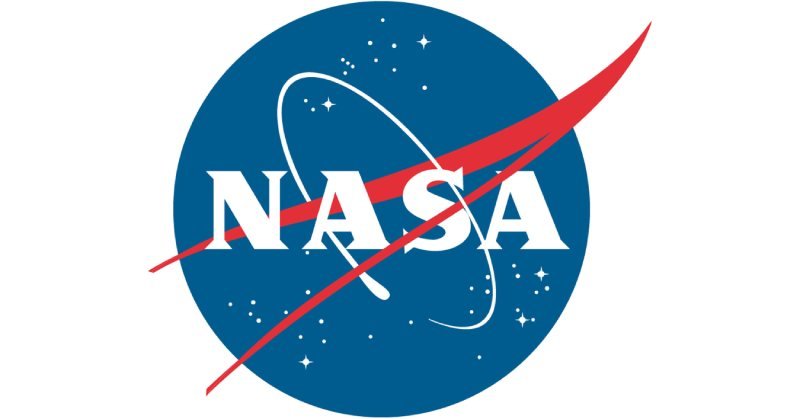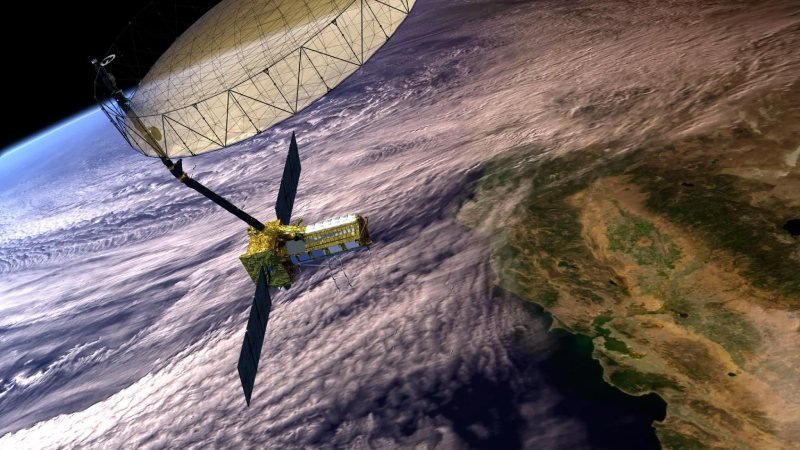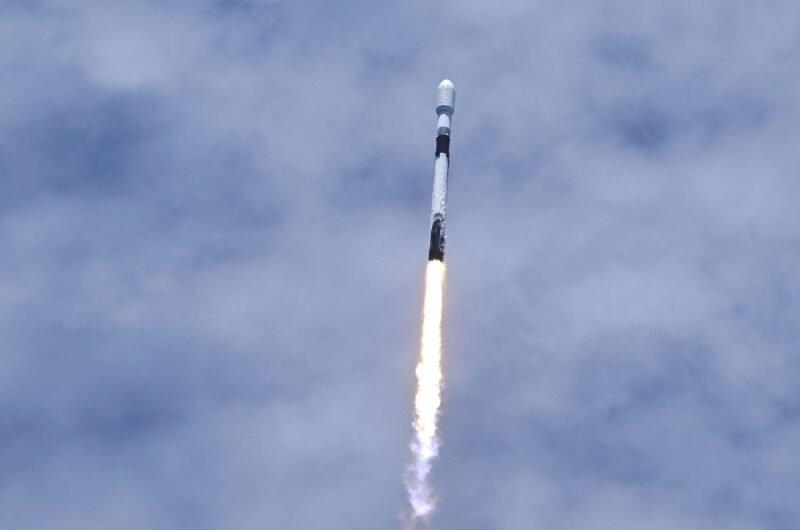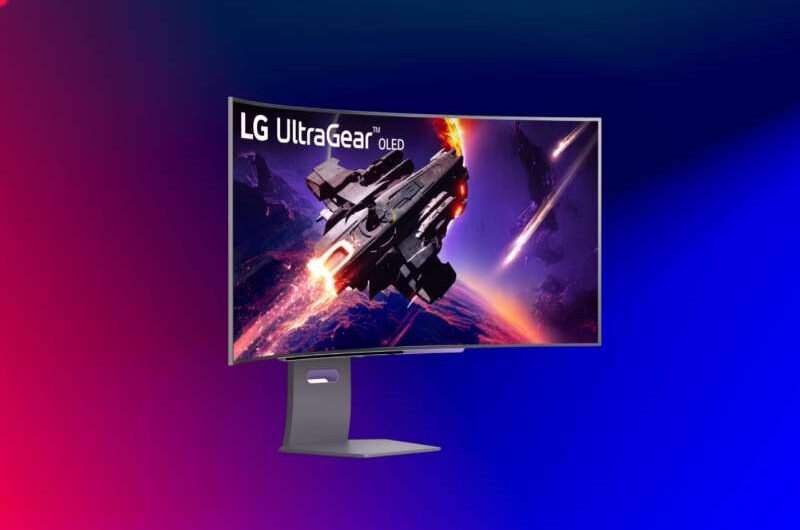A new class of astrophysics missions has begun with NASA selecting two mission ideas to explore far-infrared and X-ray wavelengths further. Five million dollars each will be used for a 12-month concept study for these missions, which are part of NASA’s Explorers Program. In 2026, a final selection will be made, and the chosen mission will launch in 2032.
Exploring unexplored areas of the universe is the goal of both mission designs. Nicola Fox, the Associate Administrator for NASA’s Science Mission Directorate, emphasized how these missions might further NASA’s scientific goals, stating that they will make ground-breaking findings that align with the Decadal Survey’s top priorities.
Advanced X-ray Imaging Satellite
Under the direction of Principal Investigator Christopher Reynolds of the University of Maryland, College Park, the Advanced X-ray Imaging Satellite is intended to investigate supermassive black holes and investigate star feedback, an essential process for the evolution of galaxies. The project will provide improved imaging techniques with a wider field of view, building upon earlier X-ray observatories.
Probe Far-Infrared Astrophysics Mission
The second idea is the Probe Far-Infrared Mission, which NASA Goddard’s Jason Glenn is spearheading. The goal of this project is to close the gap between radio telescopes and existing infrared observatories. In order to answer concerns regarding cosmic dust, supermassive black holes, and planetary formation, the 1.8-meter telescope will investigate far-infrared light.
Because of their potential for scientific advancement and compatibility with NASA’s overarching objectives for further space exploration, both concepts were chosen. The chosen project will be the inaugural Probe Explorers mission, a NASA initiative designed to bridge the gap between flagship and smaller missions.
Topics #Far-Infrared #NASA #Two Astrophysics Mission #X-Ray Observations











